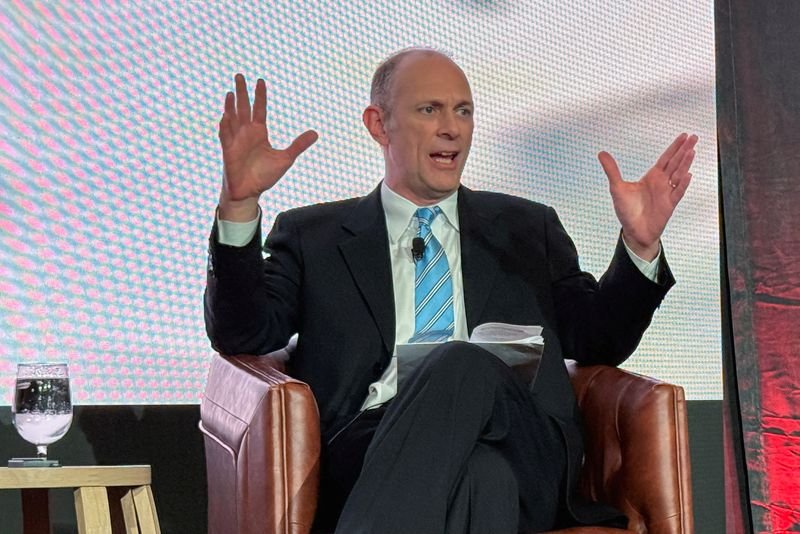Understanding the Impact of Tariffs on Inflation and Economic Growth
In recent discussions about economic policy, the role of tariffs has gained significant attention. Economists, including notable figures like Fed member Austan Goolsbee, emphasize that the introduction of tariffs can lead to immediate inflationary pressures. However, the effects on economic growth can emerge more gradually.
The Immediate Effects of Tariffs
When tariffs are imposed on imported goods, the prices of those goods typically increase. This price hike occurs because domestic producers, facing less competition from foreign suppliers, can raise their prices. Consequently, consumers often see a direct impact on their purchasing power, as essential goods and services become more expensive.
For example, if tariffs are placed on imported steel, the cost of products that rely on steel—like cars and construction materials—can surge. This situation can trigger a cascade of rising prices across various sectors, contributing to overall inflation. The effects can be felt swiftly, affecting consumer spending and business investments.
Tariffs and Long-term Economic Growth
While the immediate inflationary effects of tariffs are clear, their influence on economic growth is complex and typically unfolds over a longer period. Higher product prices can strangle consumer spending, as households must allocate more of their budgets to essential goods. In turn, this diminishes discretionary spending, leading to slower economic expansion.
Moreover, businesses might find themselves in a tough spot. If they face increased costs due to tariffs, they may delay or reduce investments in expansion, hiring, and innovation. Consequently, the overall growth of the economy could be stunted, resulting in a potential slowdown.
Inflation Dynamics in Response to Tariffs
Inflation is not solely a result of rising prices; it also can be influenced by consumer expectations and behavioral changes. When consumers anticipate inflation due to tariffs, they might adjust their buying habits, further exacerbating price increases.
For instance, if shoppers expect prices to climb due to tariffs, they may rush to purchase items before costs rise even more. This spike in demand can amplify inflationary pressure, creating a cycle that is difficult to break. Understanding these dynamics can help policymakers develop strategies to mitigate such inflation.
Sector-Specific Impacts of Tariffs
Different sectors react distinctly to tariff policies. Industries heavily reliant on imports, such as technology and automotive, can experience significant disruptions. Conversely, domestic manufacturers may initially benefit from reduced competition. Still, this advantage can be short-lived as higher input costs eventually lead to increased prices for consumers.
The agricultural sector is another example. Tariffs can affect farmers who rely on exporting their goods. If foreign markets impose tariffs in retaliation, U.S. farmers may find it challenging to maintain their profitability, impacting rural economies and affecting jobs.
The Broader Economic Landscape
When tariffs are applied, the effects ripple through not just the domestic economy but the global market as well. International trade relationships often become strained, leading to uncertainty among businesses. This unpredictability can hinder investment decisions, affecting economic growth not just locally, but also on a global scale.
Trade tensions can also lead to currency fluctuations, which may further complicate the economic landscape. For instance, if a country’s currency weakens as a result of tariffs or trade disputes, imports become more expensive, which can lead to inflation.
Policy Considerations Going Forward
Understanding the dual impact of tariffs on inflation and economic growth is crucial for policymakers. Anticipating the potential short-term gains needs to be balanced with an awareness of long-term economic consequences. Strategies must be developed to support sectors adversely affected by tariffs while stabilizing the broader economy.
Ultimately, the relationship between tariffs, inflation, and economic growth is multifaceted and warrants careful consideration. Policymakers must be equipped with a robust understanding of these dynamics to navigate the complexities of modern economic challenges.
By analyzing these effects, stakeholders can advocate for informed policies that prioritize sustainable economic growth while managing inflationary pressures.
